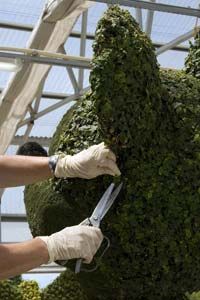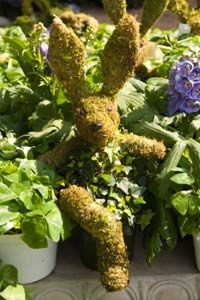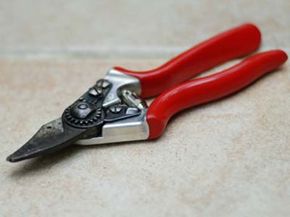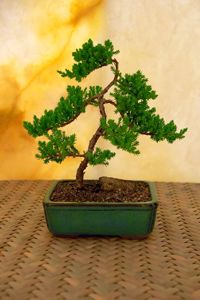Imagine walking through herds of elephants and giraffes, watching a fox hunt or navigating a shrubbery maze. While you might think you'd need to be in a zoo, the Victorian countryside or the pages of a Harry Potter novel to do it, thanks to topiary -- the sculpture of plants -- you can see all of these things and more in places as accessible as your backyard.
Earlier cultures may have created topiary, but Pliny the Elder, a Roman, was the first to document it. The ornamental trimming of shrubs and trees spread throughout the Roman Empire, where high society considered it a status symbol. During the Dark Ages, people living in monasteries and castles carried on the practice, sometimes shaping plants into the religious symbols you can see in the backgrounds of paintings from that period. Plant sculpture took on a more architectural style after the Dark Ages and began to include geographic shapes, knot gardens and even animals. During the Renaissance, topiary spread through Europe until it reached its height of popularity in the 1600s. Topiary went out of favor in the early 1700s as people opted for wilder, more natural-looking gardens.
Advertisement
Europeans returned to topiary and other formal gardening practices in the 19th century, which is when North Americans also introduced topiary to their gardens. In the mid-1900s, topiarists began creating portable pieces -- the new topiary -- made of creeping plants like ivy trained over frames.
Today, topiary reflects the needs and lifestyles of modern gardeners. While professionals still create large projects in world-class gardens, hobbyists use topiary to make the most of small backyard gardens, foyers and even tabletops while expressing themselves through this time-honored practice.
Read on to discover how, with just a little imagination, you can liven up your own garden or desktop with the endless possibilities topiary has to offer.






